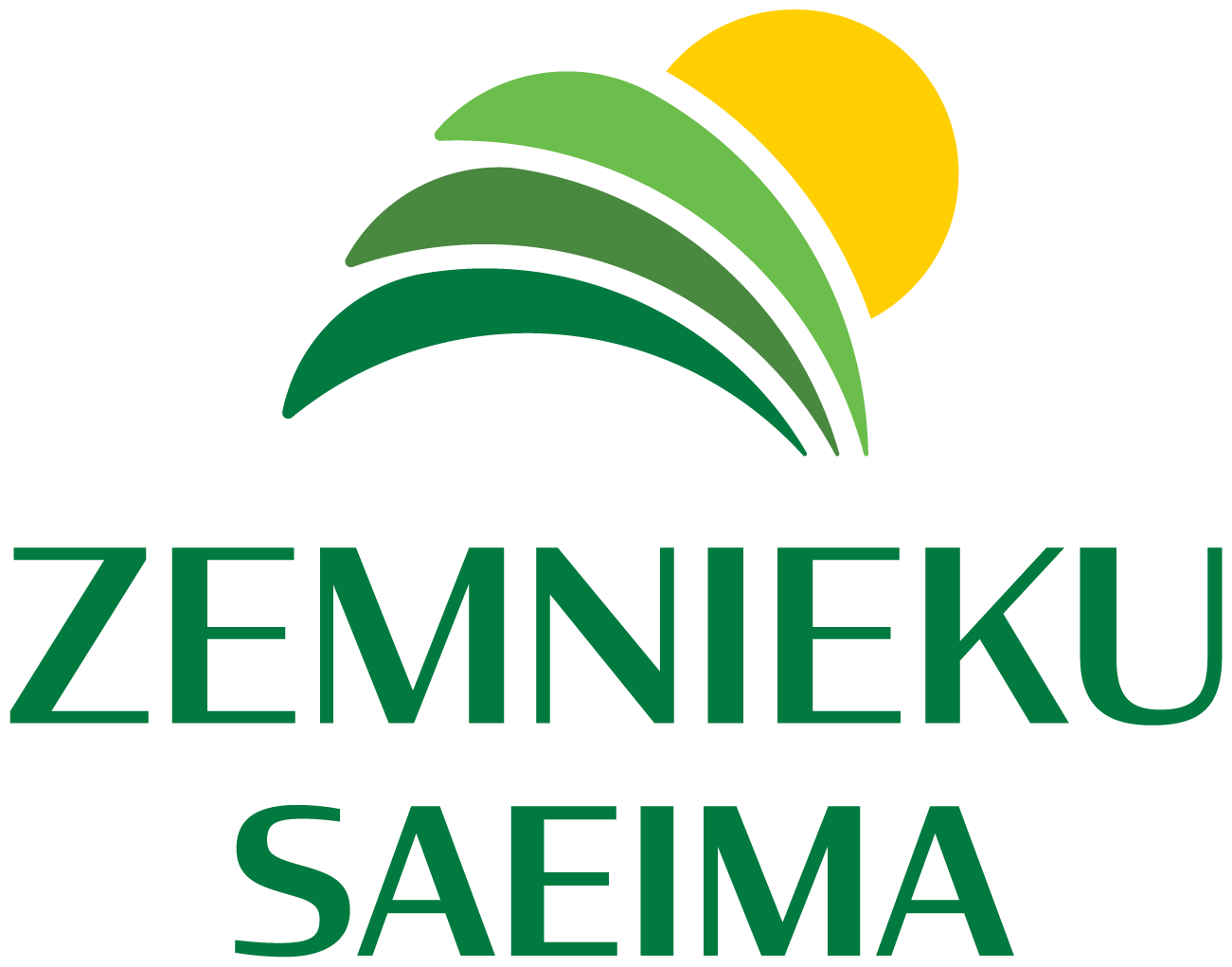We participated in the discussion: Challenges for the peat industry in the European Union's Green Deal, or how long will peat be available to growers in Latvia and Europe?
Maira Dzelzkalēja Burmistre, Iveta Grudovska and Zanda Melnalksne participated in a seminar organized by the Latvian Peat Association on August 18 – a discussion on a topical issue for the peat industry and gardeners – the EU Green Deal and the regulations adopted within its framework and those to come, which may significantly affect these industries in the future. The seminar participants agreed that without the use of peat, the cultivation of plants and food is at risk and will lead many nurseries to bankruptcy, while forest cultivation is impossible.
At the beginning of the discussion, Ingrīda Krīgere, a member of the board of the Latvian Peat Association, presented the situation in the peat sector in Latvia and other EU countries where peat is mined, as well as the challenges posed by the “Fit for 55” regulatory framework submitted for discussion within the framework of the European Green Deal. Of these regulatory frameworks, the revised Land Use, Land Use Change and Forestry Regulation (ZIZIMM) most directly applies to the agriculture and peat and peat sectors, which stipulates that by 2030 Latvia must achieve a 644 thousand t CO 2 eq. reduction. Also of concern is the so-called Taxonomy Regulation, which has just been submitted for public consultation, which strongly recommends not using peat and peat products in agriculture and forestry. Taxonomy is an EU-wide classification system according to which investors and companies can assess whether economic activities are sustainable. This classification will provide banks with guidance on which sectors should be supported. The inclusion of peat and peat products in the list of non-supportable resources means a burden and increase in the cost of receiving finance from credit institutions.
Unfortunately, in EU and international statistics, peat and peat products are counted together, under one code as an energy resource, and in greenhouse gas (GHG) emission calculations, it is assumed that immediate oxidation occurs at the time of extraction, peat immediately emits all the CO 2 contained in it. In fact, peat products have a long life and immediate CO 2 release does not occur. The accounting methodology specified in the IPCC guidelines should be reviewed. There is no understanding of the difference between horticultural peat and energy peat and the differences between countries. After being used in plant cultivation, horticultural peat returns to nature as a soil conditioner or to the forest with tree frameworks, thus promoting CO 2 sequestration.
During the discussion, plant growers and fruit growers pointed out that peat cannot be replaced with another substrate, so far no alternative to peat has been found. The soil does not provide the necessary conditions for seedlings, it contains disease agents, it compacts and is heavy, which makes export impossible due to both logistical and phytosanitary requirements. Other substrates, such as rock wool, coconut fiber, have an even larger “ecological footprint” than peat, because a large amount of resources are consumed for their production and transportation over long distances. If the use of peat is banned, a large number of nurseries and vegetable growers will not be able to exist.
Forestry industry representatives – forest owners and forest plant breeders – pointed out that, given their growing technology and plant requirements, it is impossible to grow forest seedlings without peat. Peat is returned to the forest with the seedlings or is incorporated into the fallow lands of tree nurseries for the cultivation of bare-root seedlings. The EU plan to plant three billion trees cannot be implemented without the use of peat. Peat is also needed for urban greening.
It was decided to hold a joint discussion with politicians at the Latvian and EU levels, as well as to explain the importance of peat to society.

